Why Mustang Fans Should Embrace the New GT500’s Dual Clutch
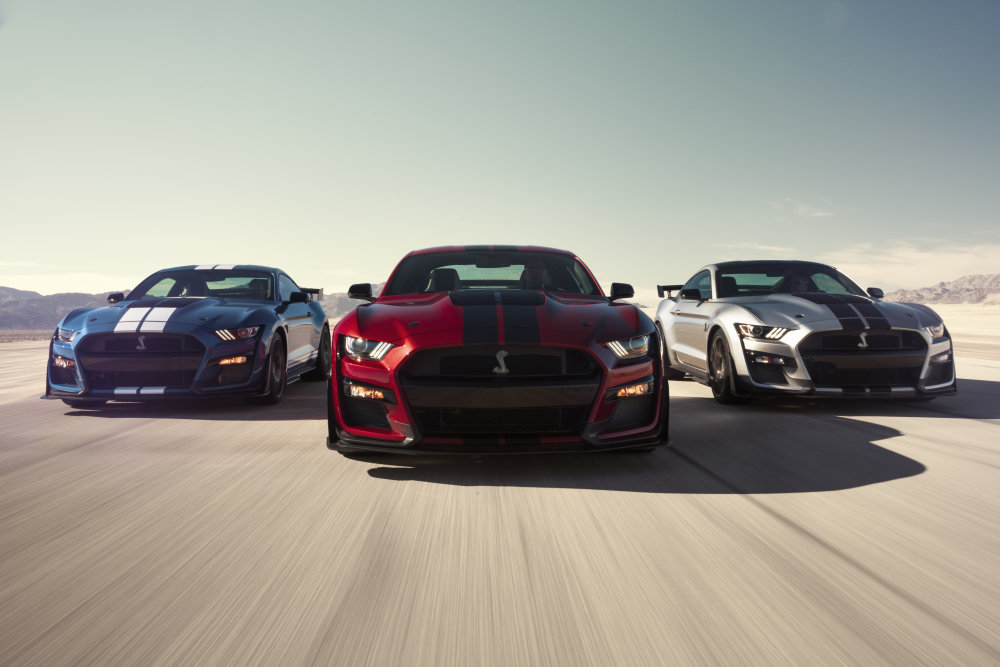
Dual clutch gearbox in the new GT500 Mustang is the latest of Ford’s many innovations in the performance world.
When the 2020 Ford Mustang Shelby GT500 was introduced at the 2019 North American International Auto Show in Detroit, the performance car community got just about everything that they had expected. Aggressive aero bits, massive Brembo brakes, MagneRide dampers, carbon fiber wheels, Michelin Pilot Sport Cup 2 tires and no-nonsense interior. Of course, the key feature that got everyone the most excited about the new GT500 is the supercharged 5.2-liter Predator V8, which we learned earlier this week will deliver 760 horsepower and 625 lb.-ft of torque.
Really, there was just one aspect of the new GT500 Mustang that Ford fans and folks in the general American performance market were quick to criticize. Many people can’t get over the fact that the new Shelby is not available with a manual transmission and worse yet, according to some people, the only available transmission is an all-new dual clutch unit built by Tremec.
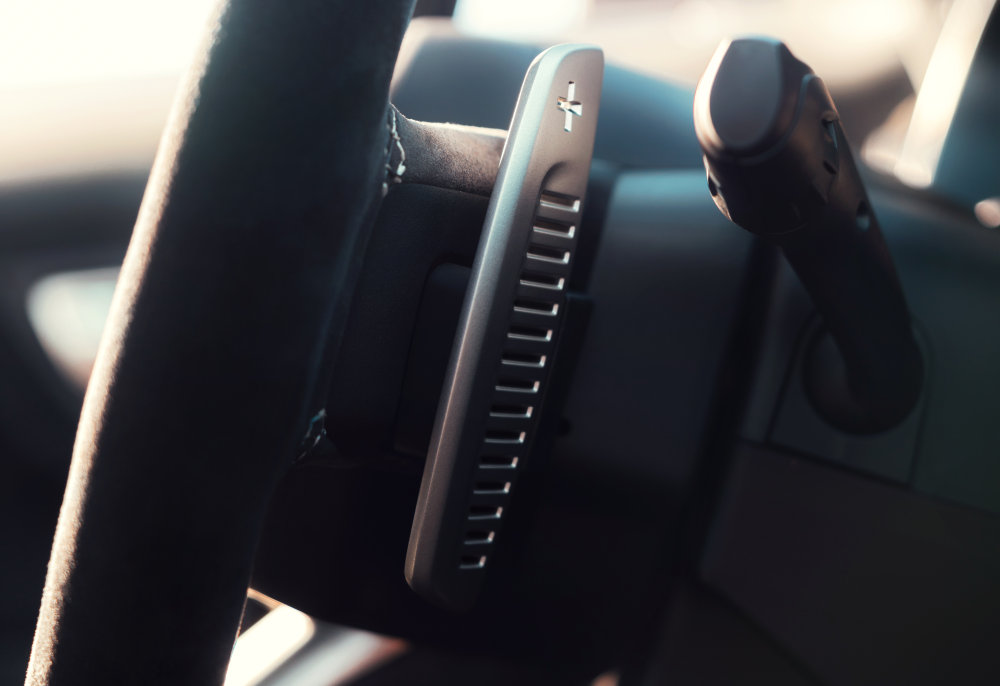
Mind you, this is a first for Tremec as well, with the transmission company previously sticking to manual transmissions, but the first GT500 to come without a manual gearbox will also be the first to rely on a Tremec automatic. For some this is risky, but if you were going to pick an experienced transmission supplier to build a new dual clutch, who would be a better choice than Tremec?
Why So Mad?
For some people, a Shelby Mustang without a proper manual transmission is nothing short of blasphemy. And for others, it is a questionable risk to go with a dual clutch transmission rather than a traditional, fluid-driven automatic transmission. However, while those critics see the move to DCT-only as a bad decision, there are two bright sides here: the dual clutch should lead to the best possible performance capabilities, and there is no guarantee that a manual won’t come along in the near future.

Don’t Fear Innovation
The Ford Mustang is the longest-running car nameplate in the United States market, running uninterrupted since April of 1964. Every other American car has come and gone, often to return, but only the Mustang has been available every single year over the course of the past half-century. That has been possible because Ford Motor Company has consistently made changes to the legendary pony car to ensure that it conformed to regulations and changing buyer habits.
In fact, the creation of the Mustang back in 1964 was an innovative move by Ford, as it was the first small, sporty car that the average American could afford, unlike the pricier Corvette, the European models, or the older, larger American performance cars. With the Mustang, Ford effectively introduced what would become the classic pony car segment, which eventually led to the modern muscle car segment.
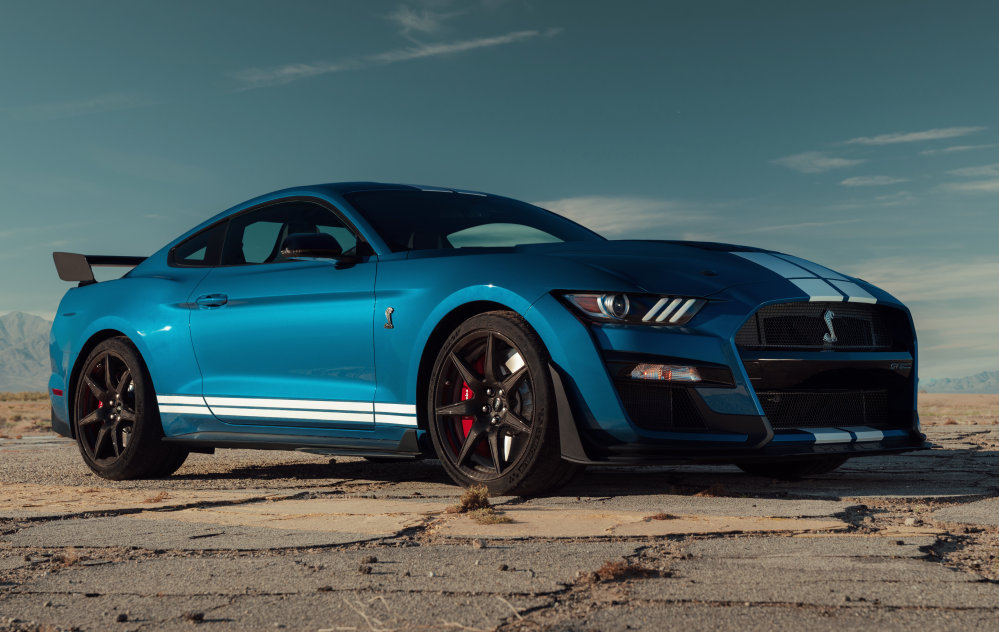
After introducing the affordable American performance car, Ford kept changing the Mustang to keep it atop the list of the most popular cars in the domestic market, often introducing features or making changes that people involved with the industry considered a mistake. In just about every case, those questioned decisions turned out to be a part of the Mustang’s success story.
Key Changes Over the Years
When the Mustang was introduced for 1964 and 1965, it was a small sports car. But over the years of the first generation, Ford made the car bigger and the engine more powerful. Features were added inside to give it a more luxurious feel and the price rose. So by the end of the first generation in 1973, the then-new Mustang was nothing like the original.
In 1974, Ford transformed the Mustang from a plush, roomy muscle car to a compact performance car, introducing what is likely the least-loved of the generations. The Mustang II was not only smaller than the first generation, but there was no V8 engine option at first, and the V8s that were eventually offered were far-less-powerful than the big blocks of the 1960s. However, this small, less-powerful generation helped Mustang to survive an era in American history where many performance cars were discontinued altogether.
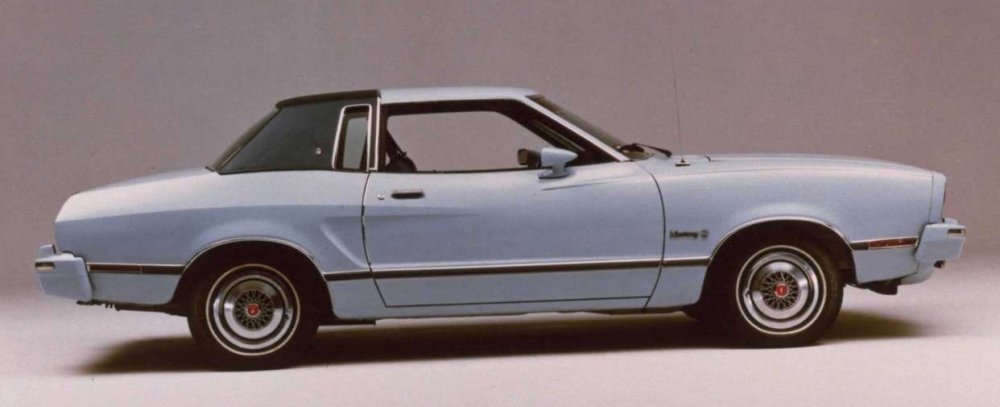
During the Fox Body era, Ford was the first American automaker to utilize a turbocharged four-cylinder in a pony car/muscle car, introducing the Turbo GT when there was a concern that rising fuel prices would kill off the V8. Of course, the modern base model Mustang packs a turbocharged four-cylinder mill that nicely combines power and efficiency.
More importantly, the Fox Body era saw the Mustang shift all of the available V8 engines from carburetion to fuel injection, which has obviously become a mainstay in the automotive world. Other automakers were hesitant to make that jump with their performance engines, but Ford led the charge with plenty of success.
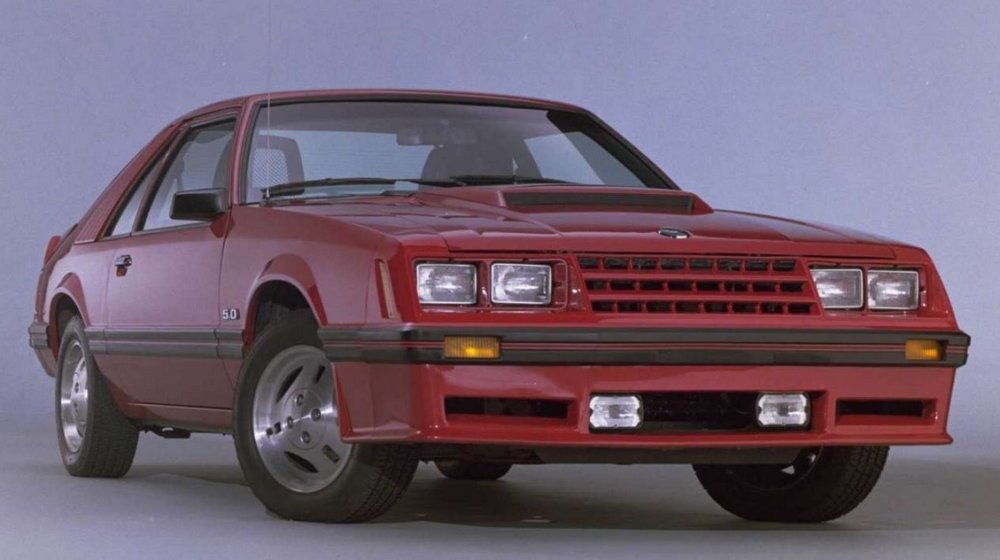
In the 1990s, the Mustang was the first American performance car to shift strictly to an overhead camshaft design while also being the first to utilize a dual overhead camshaft design. GM and FCA have both dabbled with overhead camshaft engine designs, but in the American market, only Ford has managed to make it work well in a performance car.
Finally, when the Terminator Cobra was introduced in 2003, Ford became the first American automaker to offer a supercharged V8 in a performance car. With 390 horsepower, the 2003 and 2004 Mustang Cobra shocked the performance world. The Motor Company would follow that car up with the first modern Shelby GT500 in 2007, offering 500 horsepower. That Shelby program would gradually be upgraded until 2013, when the output reached 662 horsepower.
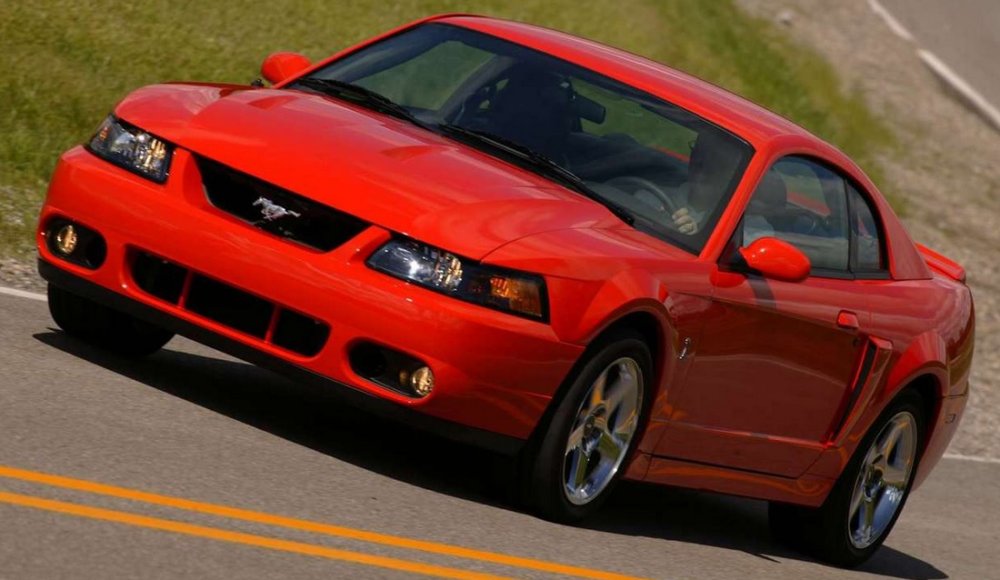
Chevrolet introduced their first supercharged road car in 2009 with the Corvette ZR1, but the first completion supercharged muscle car wouldn’t arrive until Chevy rolled out the Camaro ZL1 back out in 2012 (previously shelved since 1969). Dodge was the last to the supercharged party with the Hellcat cars in 2015, but Ford was the first to introduce that technology to the segment back in 2003.
Why Mustang Fans Should Embrace the New GT500 Dual Clutch continued…
